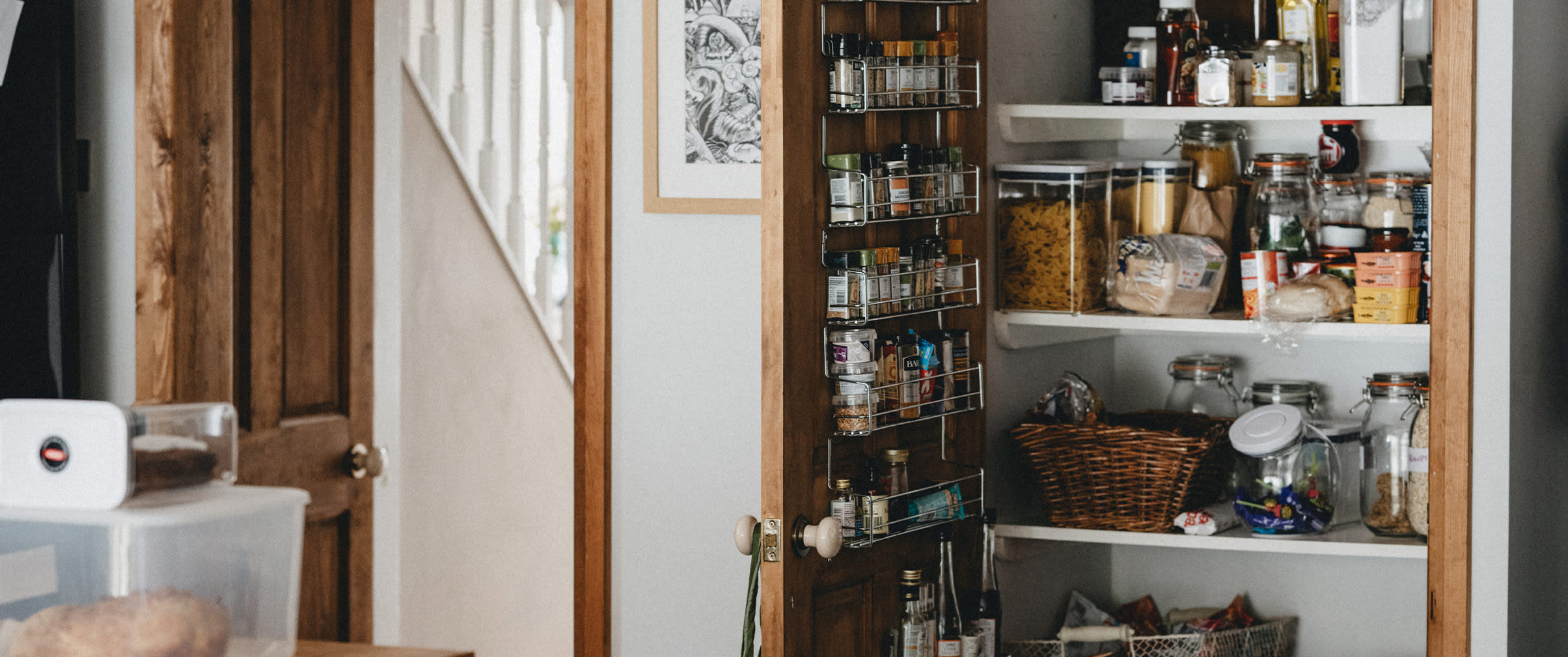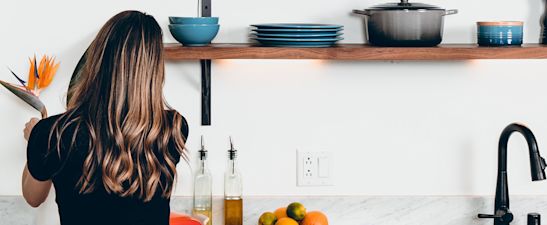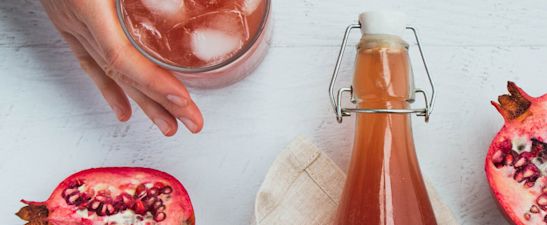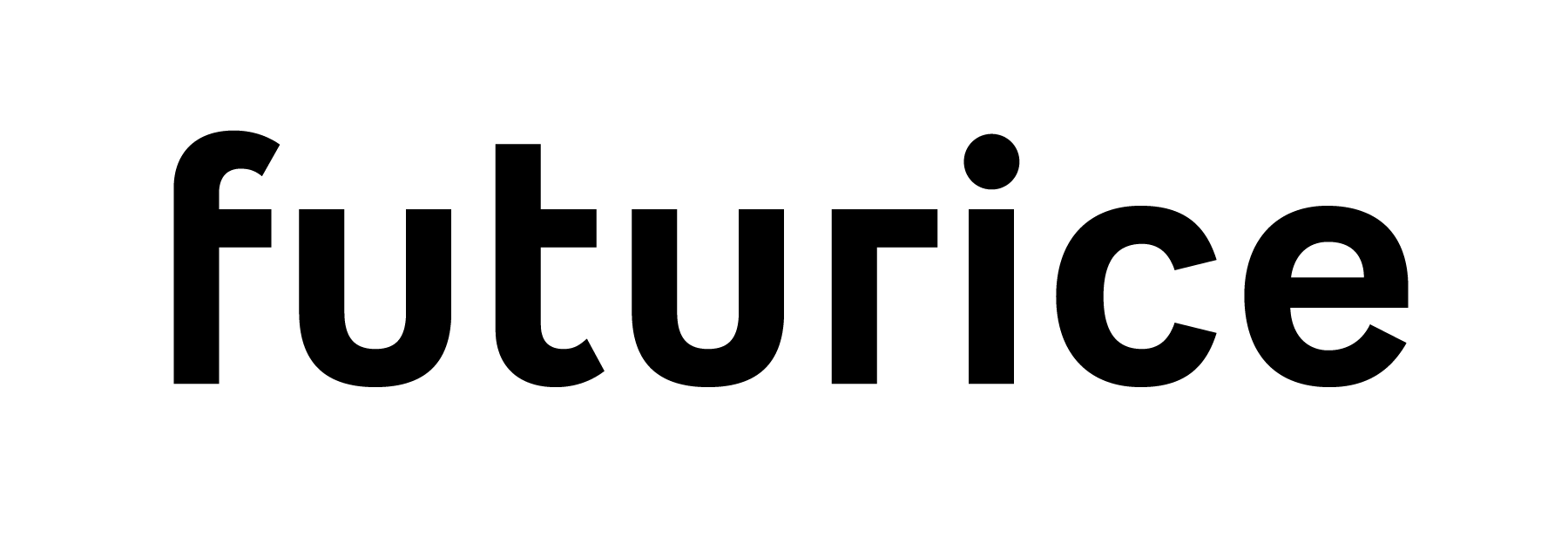Introduction
Disaster prepping used to be considered a tin-foil-hat activity and done in secret. Pandemics and extreme weather conditions have made it natural to have an emergency storage of necessities and even normalized the hoarding of key products. The need to prepare for hardships will gradually reform home floor plans, as big refrigerators, pantries, wine cellars and breakfast cabinets take up space. We want our houses fully equipped. We continue to prep our bathroom to resemble a spa, stock our kitchen with restaurant-grade utilities, fix the bedroom to be as comfortable as a hotel room and try to fit a small gym somewhere in the mix. All this preparedness indicates a society that is ready to stay indoors and able to skip the buzz of consuming in social contexts at will. When spaces for extra products have been arranged in households, sharing them with your neighbours and peers in times of need becomes an interesting option. Residential shops or private homes as product hubs for the neighbourhood are an interesting signal to follow up.
Next steps
Prepping for lockdowns, quarantine and other possible isolation periods could continue. People might want to buy basic products in larger quantities to have their shelfs at home reassuringly full to create a sense of security. People are also strengthening their relationships to local suppliers and producers to bypass stores. This trend could result in private homes as pick-up points to help the local dealer and home residential shops/hubs.
Opportunities
- Focus on multipurpose products and create new product bundles that make sense in the case of emergency
- Provide convenient home delivery of larger prepping packages. Think about the last mile delivery.








